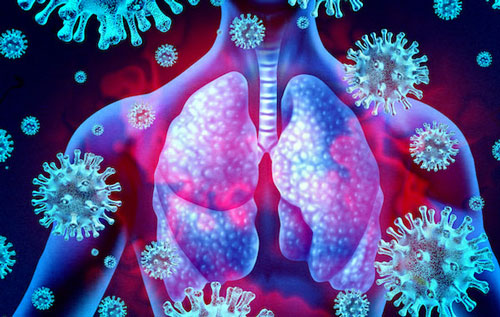COMPARED with hospitalized patients in China, a new study finds higher rates of abnormal liver tests among patients receiving treatment in hospitals in the United States. Higher levels of liver enzymes seem to be associated with an increased risk of admission to intensive care and death.
Researchers analyzed liver tests from 1,827 patients with Covid-19. All were admitted to Yale-New Haven Health hospitals between March 14 and April 23, 2020.
These tests measure levels of enzymes that the liver releases into the bloodstream when it sustains damage.
An analysis of data from China suggests that around 15% of hospitalized Covid-19 patients had abnormal liver test results. However, 42–67% of the patients in the Yale study had abnormal tests upon admission to the hospital, depending on which of two enzymes the tests measured.
The researchers are unsure why the livers of Covid-19 patients in the U.S. are more likely to have sustained damage, but underlying health differences between Chinese and U.S. populations may be responsible.
“We can speculate that U.S. patients may have an increased rate of other risk factors, such as alcoholic or nonalcoholic fatty liver disease.
Nonalcoholic fatty liver disease (NAFLD) has links to obesity, high blood pressure, diabetes, and high cholesterol levels.
The National Institutes of Health (NIH) estimate that 30–40% of adults in the U.S. have NAFLD. In addition, millions of people have chronic liver infections due to hepatitis B andhepatitis C.
When the researchers looked at the patients’ medical records, they found that around one-quarter of them had abnormal liver tests before contracting SARS-CoV-2.
COVID-19: POSSIBLE MECHANISM FOR BLOOD CLOTTING IDENTIFIED
New research has identified a possible mechanism for blood clotting issues in some Covid-19 patients.
A new study suggests a possible mechanism for the elevated presence of blood clots in Covid-19 patients.
The research develop more effective treatments for Covid-19.
The sudden emergence and rapid global spread of the new corona virus have meant clinical responses have focused on supporting those with severe infections, supplemented with emergency societal interventions, such as widespread social distancing, to reduce infection rates.
If this inflammation is severe, inflammatory material can collect in the bottom of a person’s lungs.










